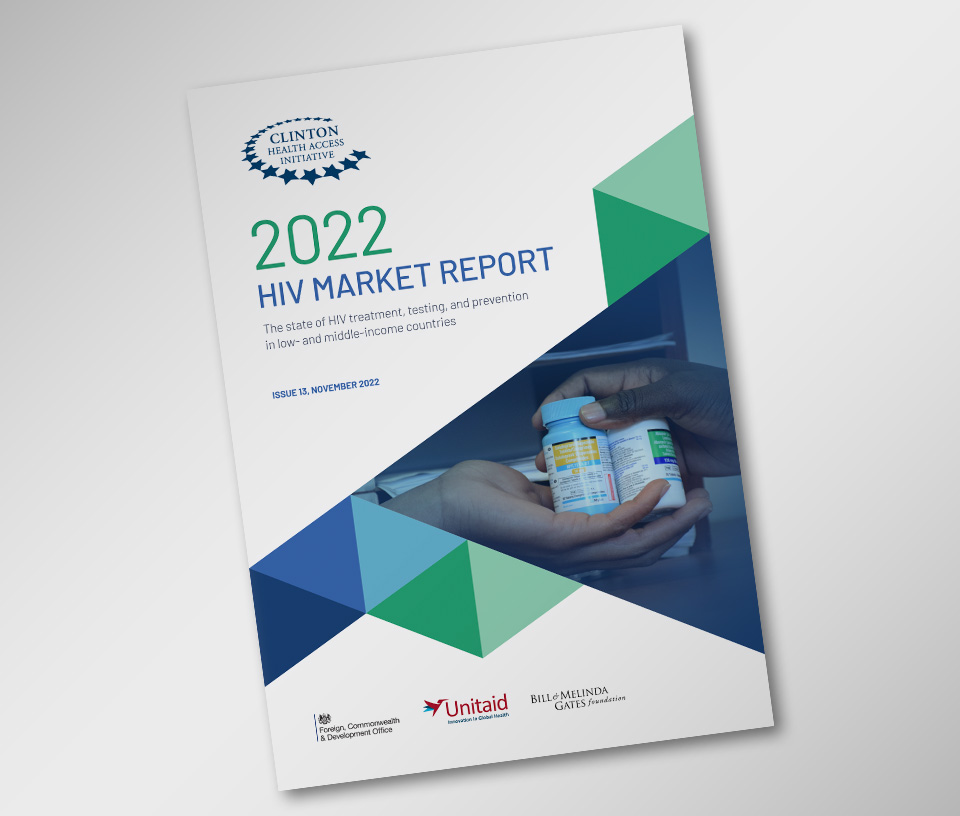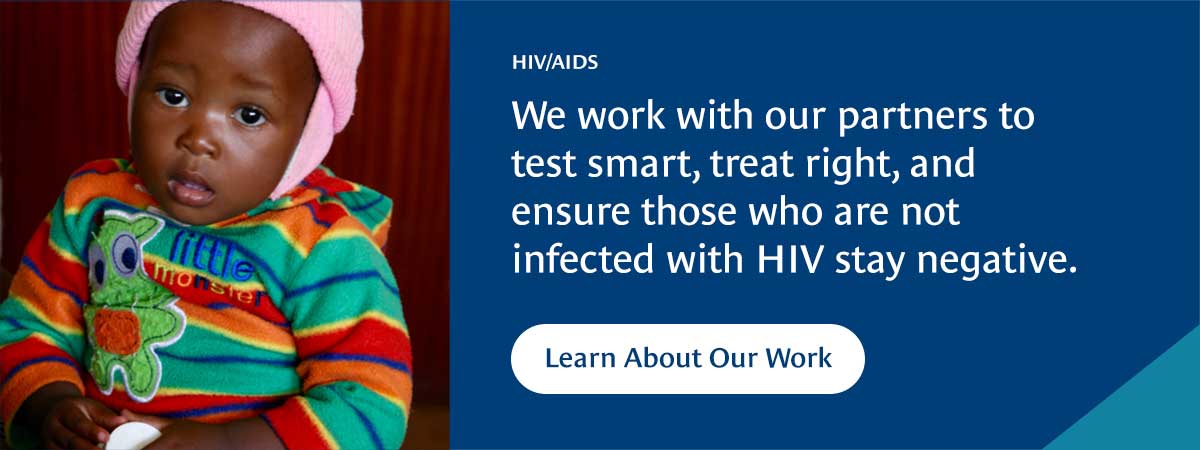
CHAI is pleased to release the thirteenth issue of our annual HIV market report. This report provides a detailed look at the complex, ever-changing HIV commodity markets in low- and middle-income countries based on aggregated market intelligence from our work in over 20 countries. The global HIV response is rebounding from COVID-19-related disruptions, with HIV testing volumes and oral PrEP initiations on the rise. However, children continue to fall behind and the pediatric HIV response requires increased efforts from the global community and donors in particular.
A historic pricing agreement brokered by CHAI and MedAccess has brought the price of an HIV self-test (HIVST) down to just US$1, half the cost of the current leading HIV self-test, mitigating pricing as one of the long-standing barriers to broader HIVST implementation. This landmark pricing agreement allows ministries of health to expand the use of HIV self-tests without negatively impacting budgets or overall testing volumes.
Care for people with advanced HIV disease and afflicted by opportunistic infections, such as tuberculosis or cryptococcal meningitis, is improving with simplified, shorter-duration treatments now recommended by the World Health Organization (WHO). Additionally, an increased supplier base is easing constraints on production capacity for lifesaving products to prevent and treat opportunistic infections.
Access to optimal HIV treatment for both adults and children continues to expand, with over 18 million adults accessing tenofovir/lamivudine/dolutegravir (TLD) and optimal darunavir/ritonavir finally reaching clients in Nigeria and Zambia. Over 100,000 children across 60 countries are also now accessing the WHO-recommended pediatric HIV treatment containing dolutegravir, although continued efforts are needed to ensure all children living with HIV are identified and have access to this optimal product. Momentum around the next generation of medicines to treat and prevent HIV in the form of long-acting injectables, is growing given the benefits to adherence and improved discretion over taking a daily pill.
Long-acting injectable cabotegravir, the first approved highly effective injectable, has the potential to transform the HIV prevention space. However, widespread and affordable access to this product will be required to move the needle and reduce the number of new infections globally. Long-acting products will usher in major changes across all aspects of the HIV response and, for the first time ever, clients may have the ability to choose the treatment or prevention option that suits their needs and individual life circumstances.
With just three years to achieve the UNAIDS 95-95-95 targets, the global focus on HIV cannot wane. Paradigm changes with the potential for significant transformation across the HIV response are around the corner, and a focused effort across partners is needed to ensure their potential is reached and HIV/AIDS is eliminated as a public health threat by 2030.






